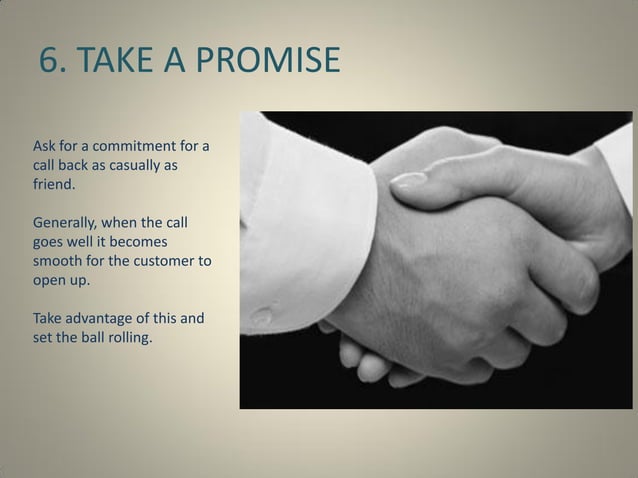Unlocking the Power of "Why": Crafting Compelling Sales Pitches for Your Product or Service
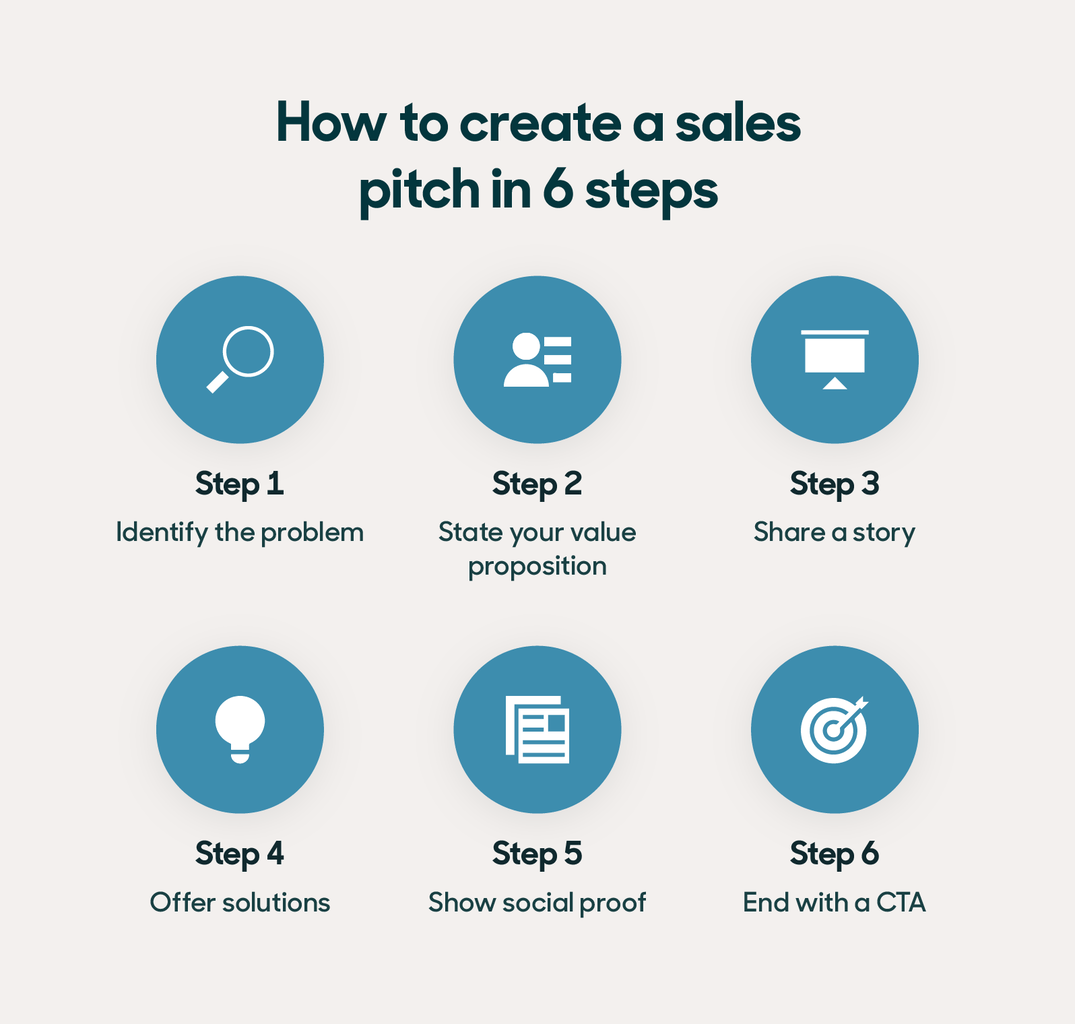
As an interior design expert and architect, I’ve spent years helping people envision and realize their dream spaces. This journey involves understanding not just the "what" of a project (the materials, the layout, the aesthetics), but also the "why" behind it. This "why" is the driving force behind every successful sale – it’s the emotional connection that makes a customer choose your product or service over another.
To effectively communicate the value of your offering, we need to dive into the heart of your target customer. Who are they? What are their needs, desires, and pain points? Once we understand this, we can tailor our message to resonate with their specific motivations.
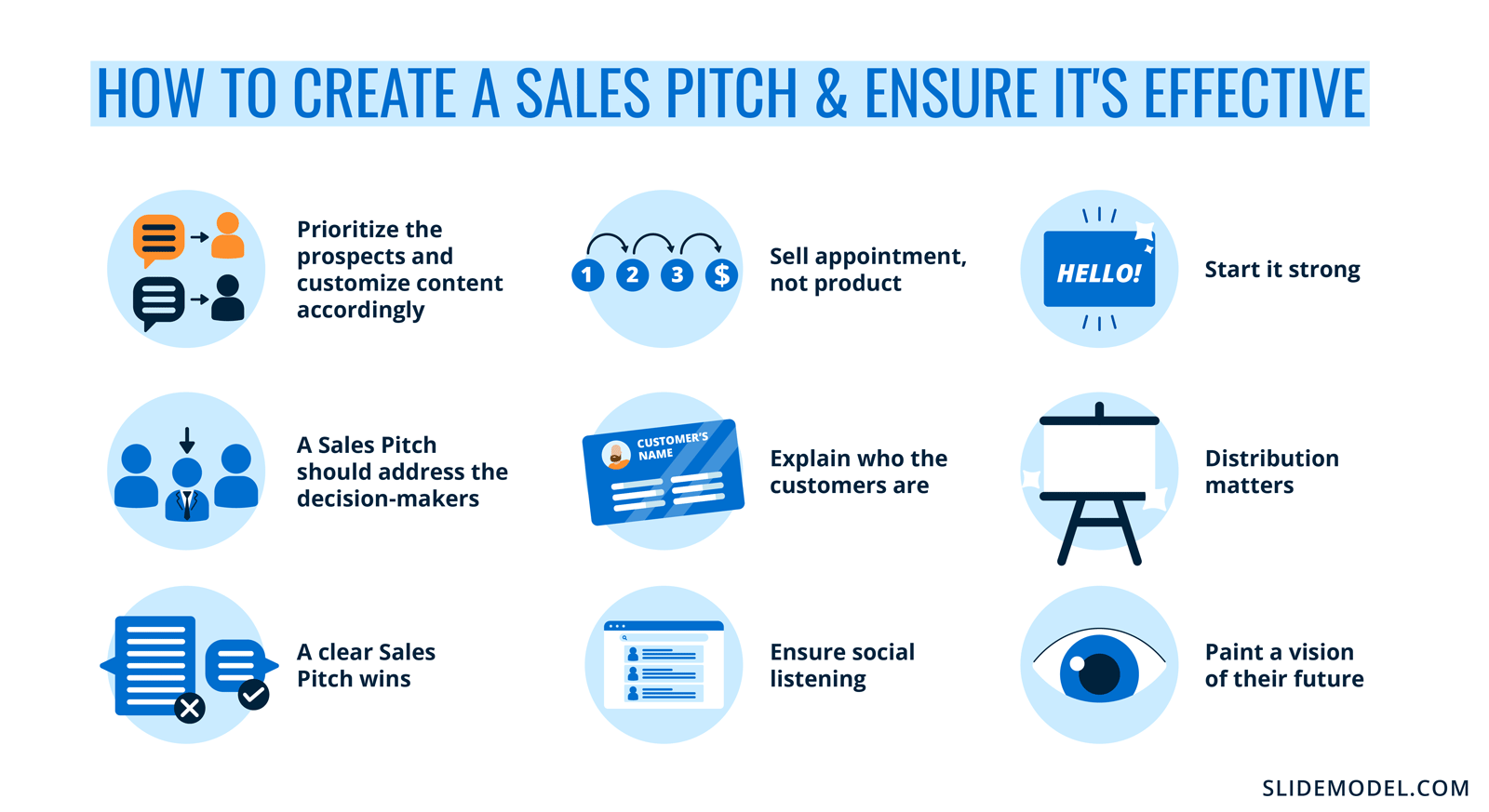
Let’s break down the process of crafting a compelling sales pitch:
1. Define Your Ideal Customer:
- Demographics: Age, gender, location, income level, education, occupation, family status.
- Psychographics: Lifestyle, values, interests, hobbies, personality traits, aspirations.
- Needs and Pain Points: What challenges do they face? What are they looking to achieve? What are their frustrations with existing solutions?
- Motivations: What drives their decision-making? What are their priorities? What are they hoping to gain from your product or service?
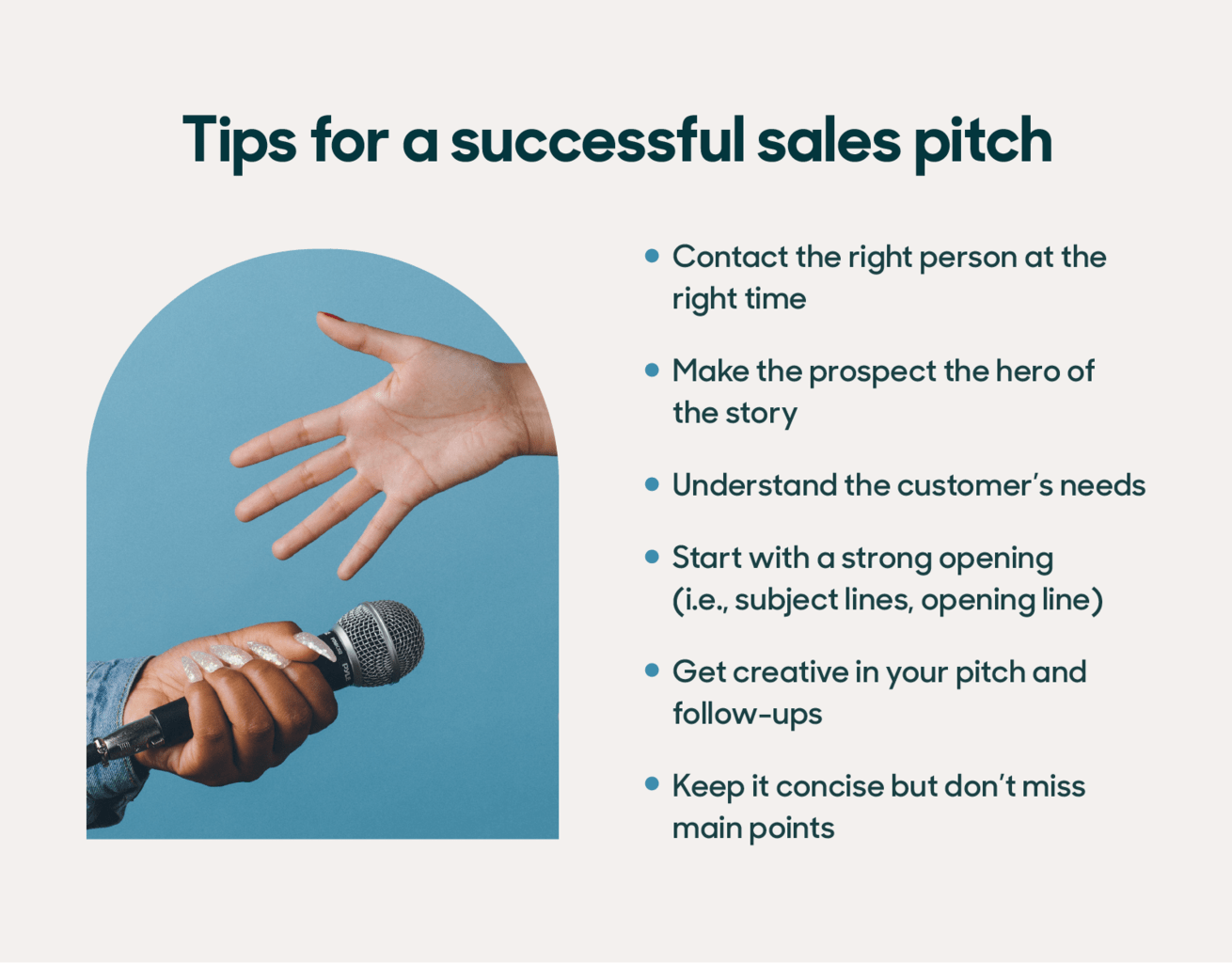


2. Identify Key Features and Benefits:
This is where your product or service shines. Features are the tangible aspects of your offering, while benefits are the intangible advantages your customer receives. Here’s a breakdown:

Features:
- Functionality: What does your product or service do? How does it work?
- Technical Specifications: Materials, dimensions, capacity, performance, etc.
- Design and Aesthetics: Visual appeal, style, user interface, etc.



Benefits:
- Problem Solving: How does your product or service address your customer’s pain points?
- Convenience and Efficiency: Does it save time, effort, or money?
- Improved Quality of Life: Does it enhance comfort, health, safety, or productivity?
- Emotional Value: Does it evoke feelings of satisfaction, joy, security, or belonging?



3. Craft a Compelling Narrative:
Once you have a clear understanding of your ideal customer and the key features and benefits of your product or service, you can start crafting a compelling narrative. This narrative should:
- Connect with your customer’s emotions: Appeal to their desires, aspirations, and fears.
- Highlight the benefits, not just the features: Focus on the "why" behind your product or service.
- Use strong storytelling techniques: Engage your customer with vivid descriptions, relatable scenarios, and compelling examples.
- Address potential objections: Acknowledge and address any concerns your customer might have.
- Provide a clear call to action: Tell your customer what you want them to do next (e.g., visit your website, schedule a consultation, make a purchase).
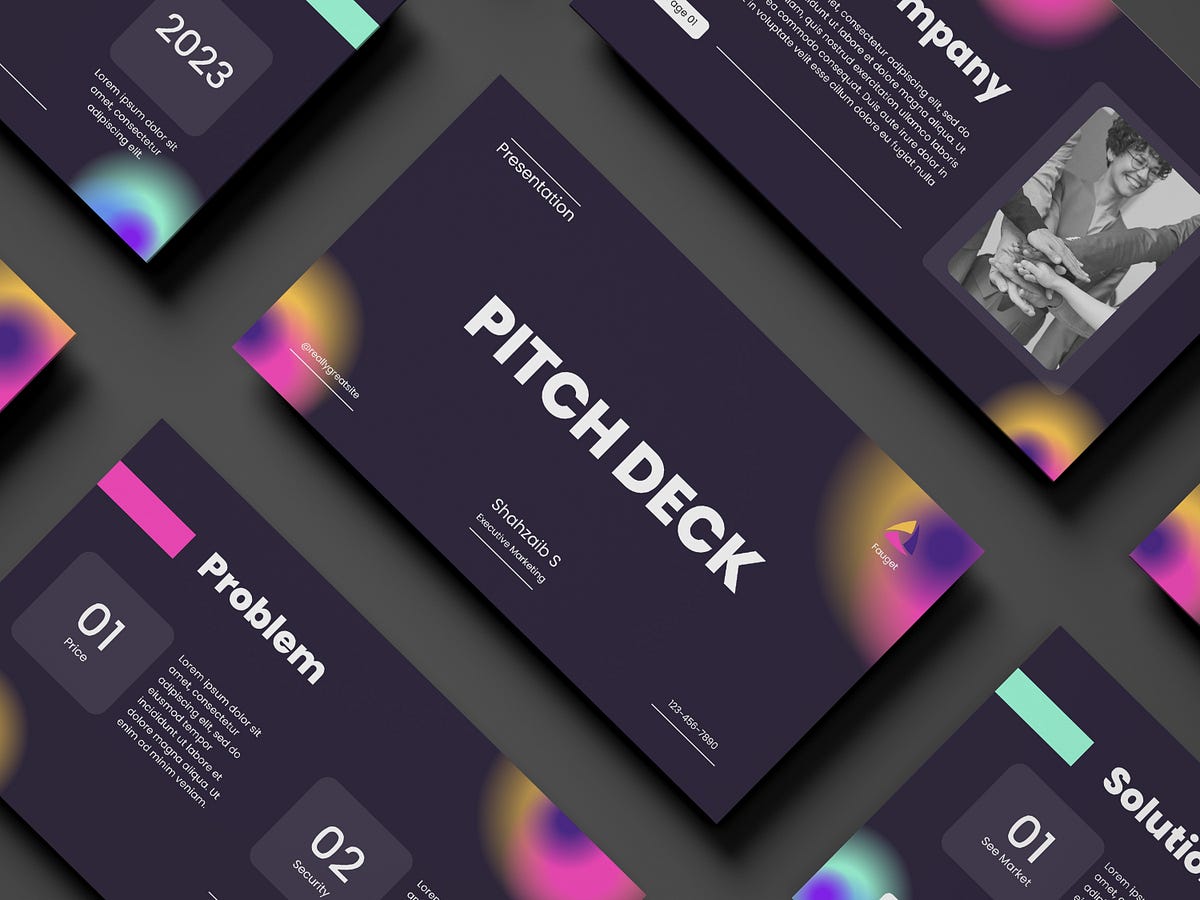
Examples of Features and Benefits for Different Industries:
Interior Design:
-
Feature: Custom-designed furniture.
-
Benefit: Creates a unique and personalized space that reflects your individual style and needs.
-
Feature: Sustainable and eco-friendly materials.
-
Benefit: Promotes a healthy and environmentally conscious living environment.
-
Feature: Expert color consultation.
-
Benefit: Creates a harmonious and balanced atmosphere that enhances mood and well-being.
Architecture:
-
Feature: Energy-efficient building design.
-
Benefit: Reduces energy consumption and lowers utility bills.
-
Feature: Smart home technology integration.
-
Benefit: Enhances comfort, security, and convenience.
-
Feature: Sustainable building practices.
-
Benefit: Minimizes environmental impact and promotes responsible construction.
Software Development:
-
Feature: User-friendly interface.
-
Benefit: Easy to learn and use, even for non-technical users.
-
Feature: Cloud-based platform.
-
Benefit: Accessible from anywhere with an internet connection.
-
Feature: Automated reporting and analytics.
-
Benefit: Provides valuable insights and data to improve decision-making.
Marketing:
-
Feature: Targeted advertising campaigns.
-
Benefit: Reaches the right audience with the right message.
-
Feature: Content marketing strategy.
-
Benefit: Builds brand awareness and trust with potential customers.
-
Feature: Social media marketing expertise.
-
Benefit: Connects with customers on their preferred platforms.
4. Tailor Your Message to Different Channels:
The way you communicate your message will vary depending on the channel you are using. For example:
- Website: Focus on providing comprehensive information about your product or service, including detailed descriptions, images, videos, and testimonials.
- Social Media: Use short, engaging posts to highlight key benefits and share compelling visuals.
- Email Marketing: Target specific segments of your audience with personalized messages that address their specific needs.
- Sales Presentations: Use a combination of visuals, storytelling, and data to make a strong impression.
5. Continuously Improve and Adapt:
The world of sales is constantly evolving. It’s important to track your results, gather feedback from customers, and adapt your messaging accordingly. By staying agile and responsive to the market, you can ensure that your sales pitches remain effective and compelling.
Remember: The most effective sales pitches are those that connect with your customer on an emotional level. By understanding their needs, desires, and pain points, you can craft a message that resonates with their hearts and minds, leading to a successful sale.
